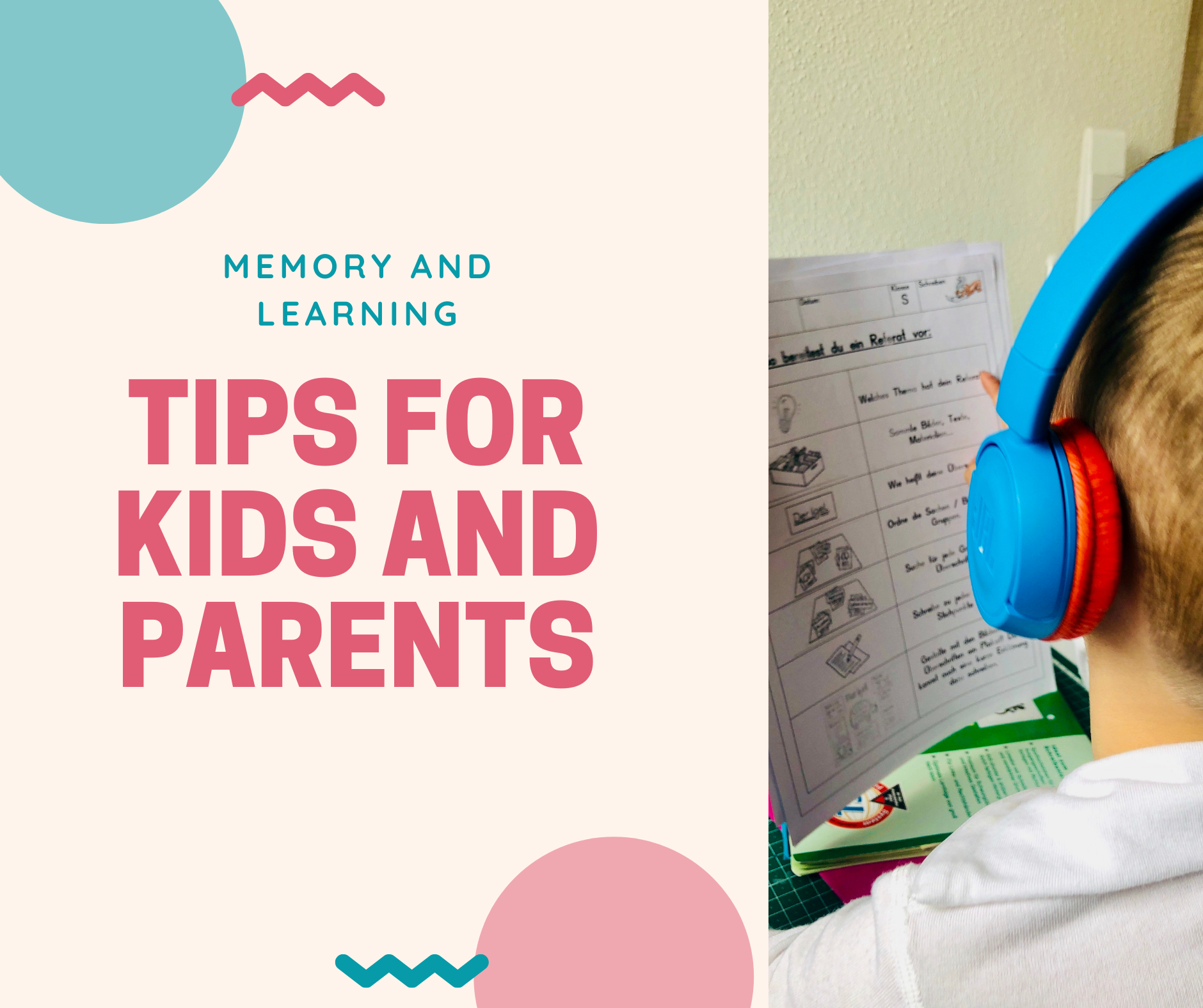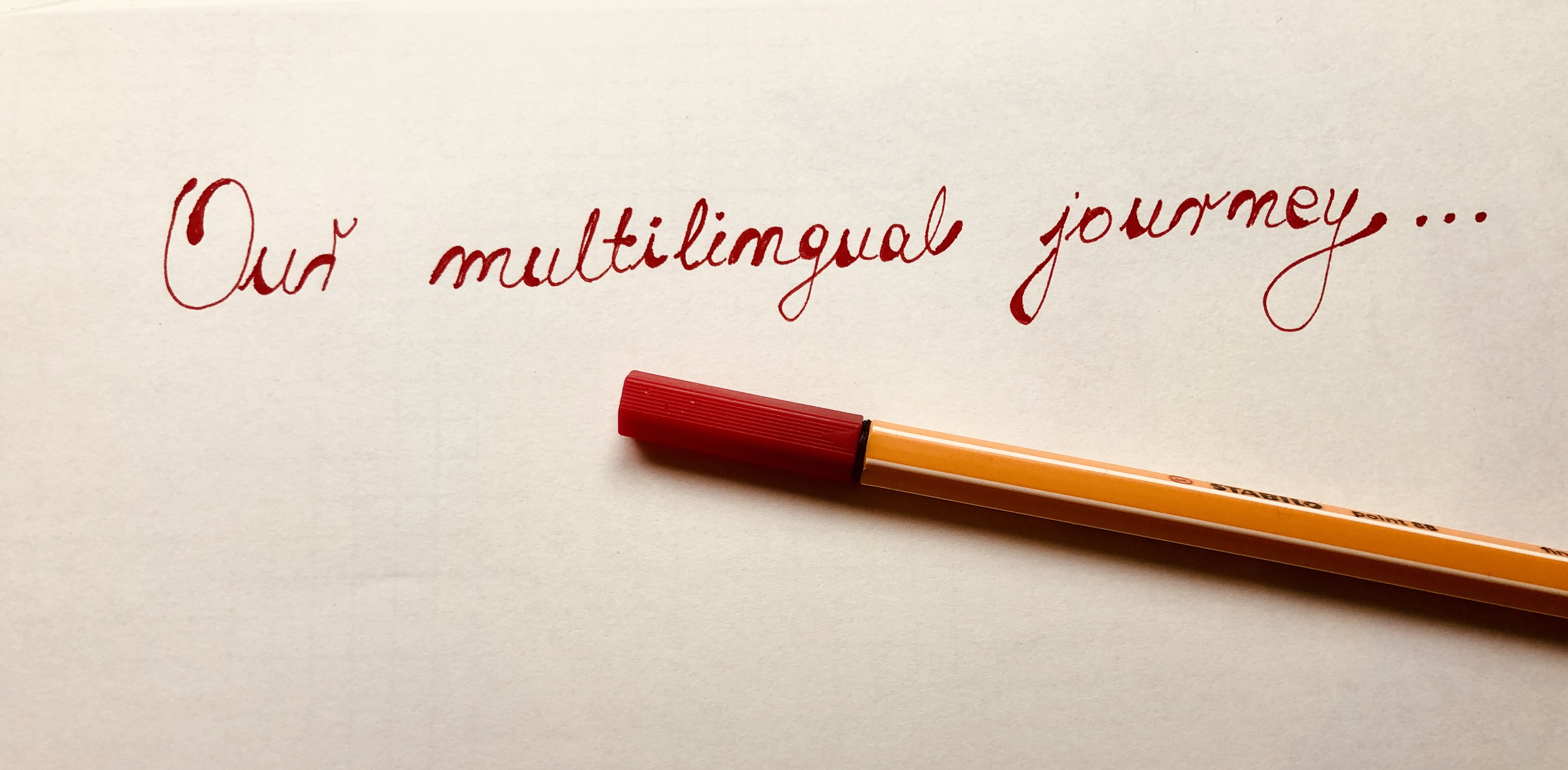Book - Parenting: Easier Said Than Done?

📚Get your copy here or on Amazon, learn something new, and have fun reading 📚
Parenting: Easier Said Than Done?, describes parenting adventures from pregnancy to preschool. Filled with insightful stories from personal experiences that any parent can relate to, tips and ideas coupled with research facts, it reveals some interesting truths about parenting. The author uses humour to masquerade the pits of doom brought on by extreme exhaustion and frustration, which is a part of this adventure sometimes, and presents valuable lessons from those experiences. The book has everything to make it a best-seller: sex, needles, pregnancy, poop, rockets, rollercoasters, Star Wars, pee, robots, shrimps, and how all of it ties into parenting. Try and resist reading it!
(Actually, please don't!)
And here's a sneak peek !
Introduction
What is this book about?
Are you looking for a guide that lists all the necessary instructions for raising happy and healthy children and comes with a magic wand that makes it all work? Please let me know if you find one. If there were directions for parenting, universal answers on how to raise your child(ren), then I’m pretty sure we would get them together with our babies as we leave the hospital.
However, thanks to the accumulated results of decades’ worth of empirical research, we might be a bit closer to knowing what successful parenting really looks like. This book is partially about those results. It provides answers, based on theory, to some of the most common questions parents have. Reading up on topics such as child development actually helps us become more effective in parenting. On the other hand, practice is often (read: almost always) far from theory. This is what you can also find here—examples from our real-life, day-to-day practices, showing how everything about parenting is easier said than done.
For example, you can read about what experts say about the importance of a healthy diet for a child’s development, and then have a laugh while reading about what making your child eat healthy foods really looks like. The same goes for sleep-training methods, research on breastfeeding, physical activity during and after birth, and some other questions most parents ask. So, from theory to practice. In theory many things seem to be very easy. In practice…not so much.
As a result of learning about children and their development and combining that knowledge with some hilarious situations that my husband and I, as parents, were faced with, this little book came to life. Our story begins in Croatia with just my gorgeous husband Zealous Z and me. Then, two amazing boys decided to make our lives a bit more adventurous. (Do you see all these adjectives? Gorgeous? Amazing? Trust me, they are not always so gorgeous or amazing.) As if having two kids was not exciting enough, our family of four decided to spice things up a bit and move to Germany. As you go through this book, keep in mind that parenting is often a comedy. I am not a comedienne but have tried to keep it funny.
None of this would have happened without our two bundles of joy—Einstein E and Power P. In the very first draft of this book, our kids were called BB8 and R2D2. They loved, among a million other topics, Star Wars and had their favourite characters and toys. This particular interest turned out to be a bit disappointing when they celebrated their fifth birthday (yes: they are twins). It was all about Star Wars, and they were so happy and excited—only to learn that none of their kindergarten friends had any idea who Han Solo was. Or what the difference between a robot and a droid is. Nevertheless, the cake was super unhealthy, which means it was sweet and just what kids expect from a party, and they all really enjoyed the whole event. However, BB8 and R2D2 are protected by copyright, so I decided it would be easier to rename them than to obtain the right to use the names in this book. Besides, Einstein E and Power P describe our kids much better. And raising Einstein E and Power P has been…well, interesting. And this is how we did it. This is how we survived the first six years. Let me share with you our golden rule for raising kids:
We simply made sure our children's academic, emotional, psychological, mental, spiritual, physical, nutritional, and social needs were met while being careful not to overstimulate, under-stimulate, improperly medicate, helicopter, or neglect them in a screen-free, processed foods-free, GMO-free, negative energy-free, plastic-free, body positive, socially conscious, egalitarian but also authoritative, nurturing yet fostering-of-independence, gentle but not overly permissive, pesticide-free, two-story, multilingual home in a cul-de-sac with a backyard. And we also didn’t forget the coconut oil.[i] |
Piece of cake, right? Just kidding. In reality, it looked more like this:
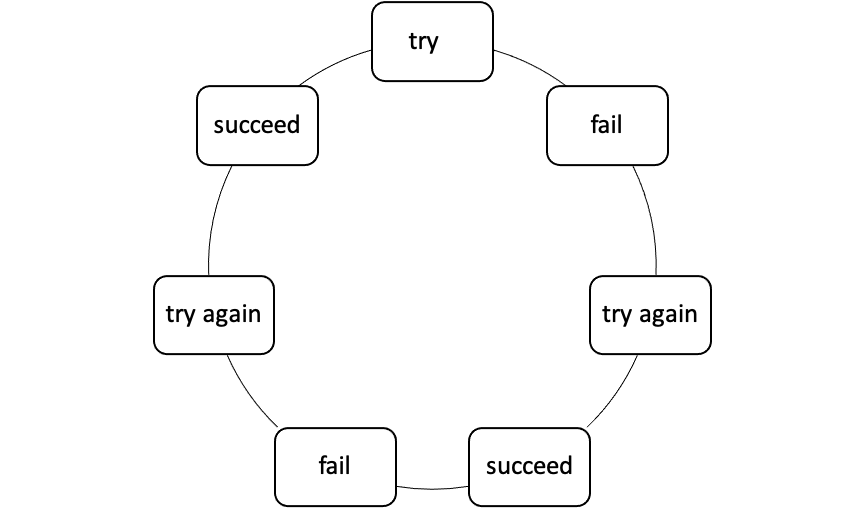
The chapters that follow aim to show how we survived the time from pregnancy and infancy to school and how it is normal to feel angry and lost, confused and truly happy at the same time. And I am not talking about writing my doctoral thesis.
How to use the book?
First of all, this is not a big, thick book, so you can’t use it to reach a well-hidden bag of chips. But it could be used as a pad under your rocky table. If you, for some reason, plan to actually read it, there are a few ways of going about it. You can simply start from the beginning, read it in one breath, laugh heartily at my attempts to be funny, and think to yourself that having kids is the most amazing adventure ever. Another way is similar to the previous—you start at the beginning and read it in one breath—but this time because you want to get this torture over with as soon as possible. And while reading, you could also think to yourself how gross, expensive, and totally useless it is to have kids. Finally, you can also skip chapters and search for answers about breastfeeding, travelling with children, their cognitive development, or just read about the funny and most embarrassing things children can say and do in public.
As you go through the book, you are going to come across some drawings. These are pieces of art my kids made when I asked them (begged them, actually) to draw something that might help me make this book more interesting. You might wonder what these silly drawings represent and how to use them.
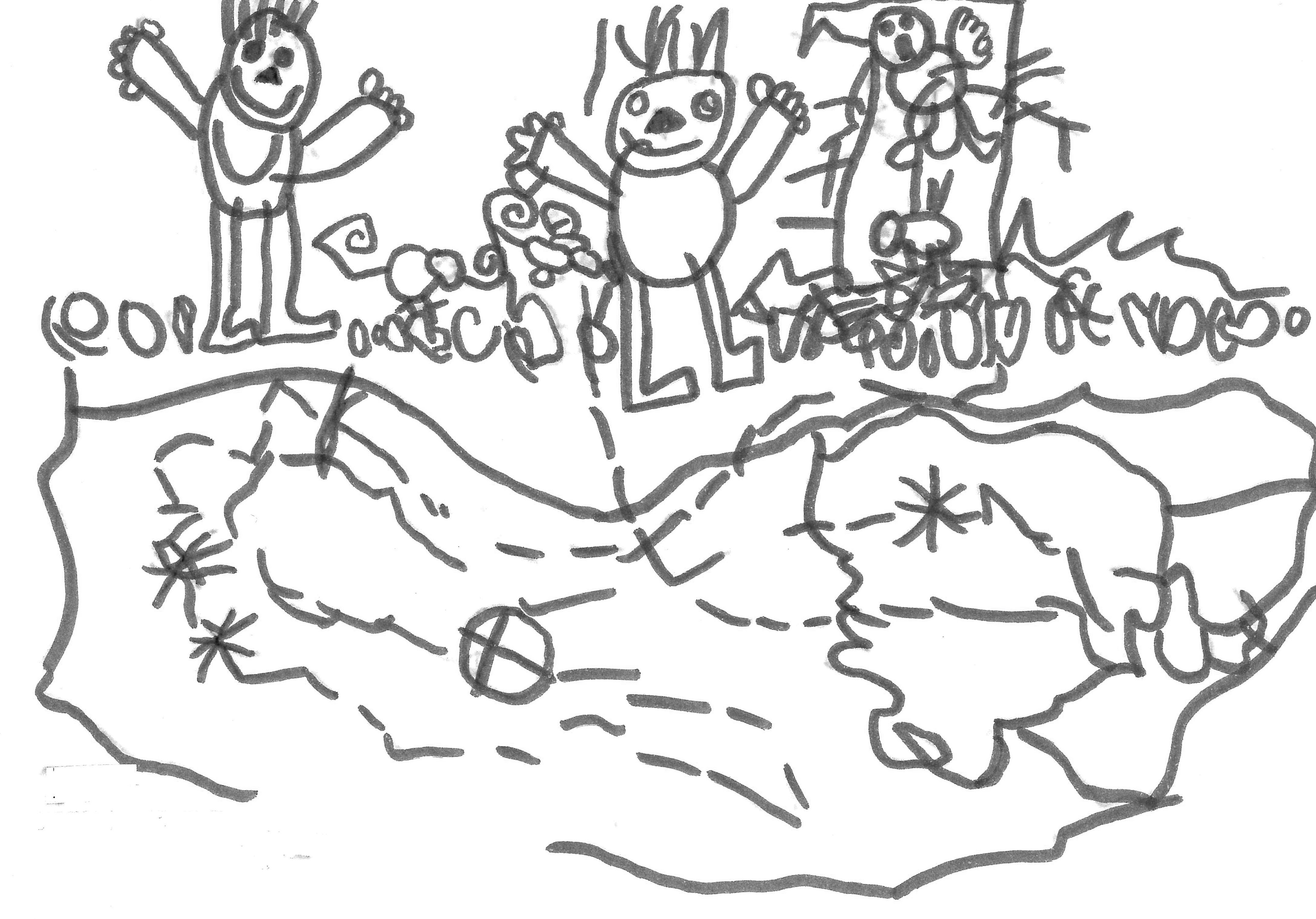
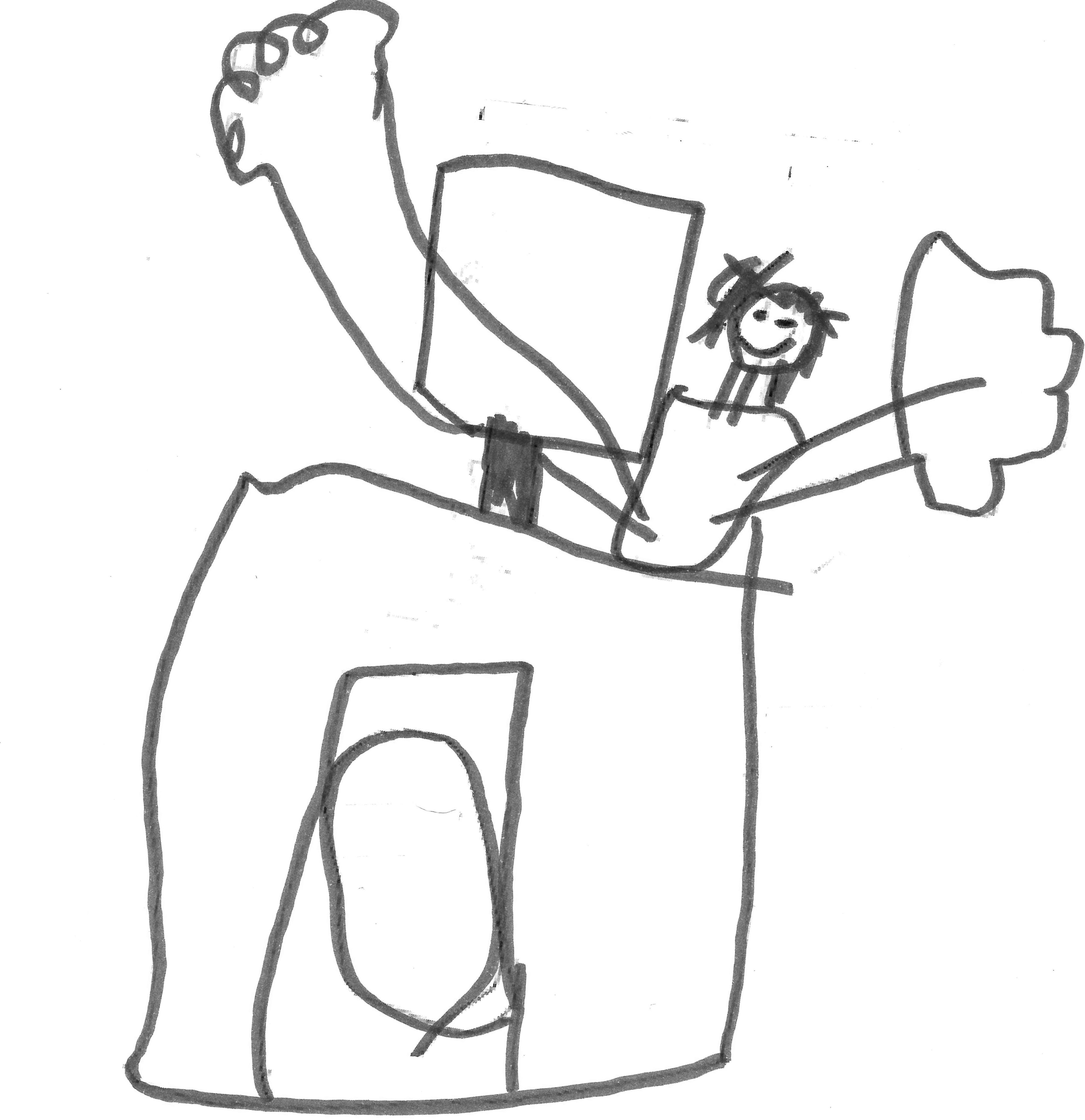
This is me transcribing (trust me, my arms are not that big!). This drawing means that a particular conversation was recorded and that there is actual physical evidence that the boys said or did the things that are written. Einstein E and Power P are so (un)lucky to have a mother who likes to think of herself as a researcher. For this reason, a huge part of their childhood was recorded, some of it was transcribed, the data has been presented at conferences, and a few examples are included in this book. It could be that some of the grammar or syntax is incorrect. Most likely, the reason is that the recordings were simply transcribed and not corrected. And at the age of six, children, especially multilingual children, still make mistakes when talking. But it can also mean that I should work on my English. These parts are usually the “practice” parts of the book.
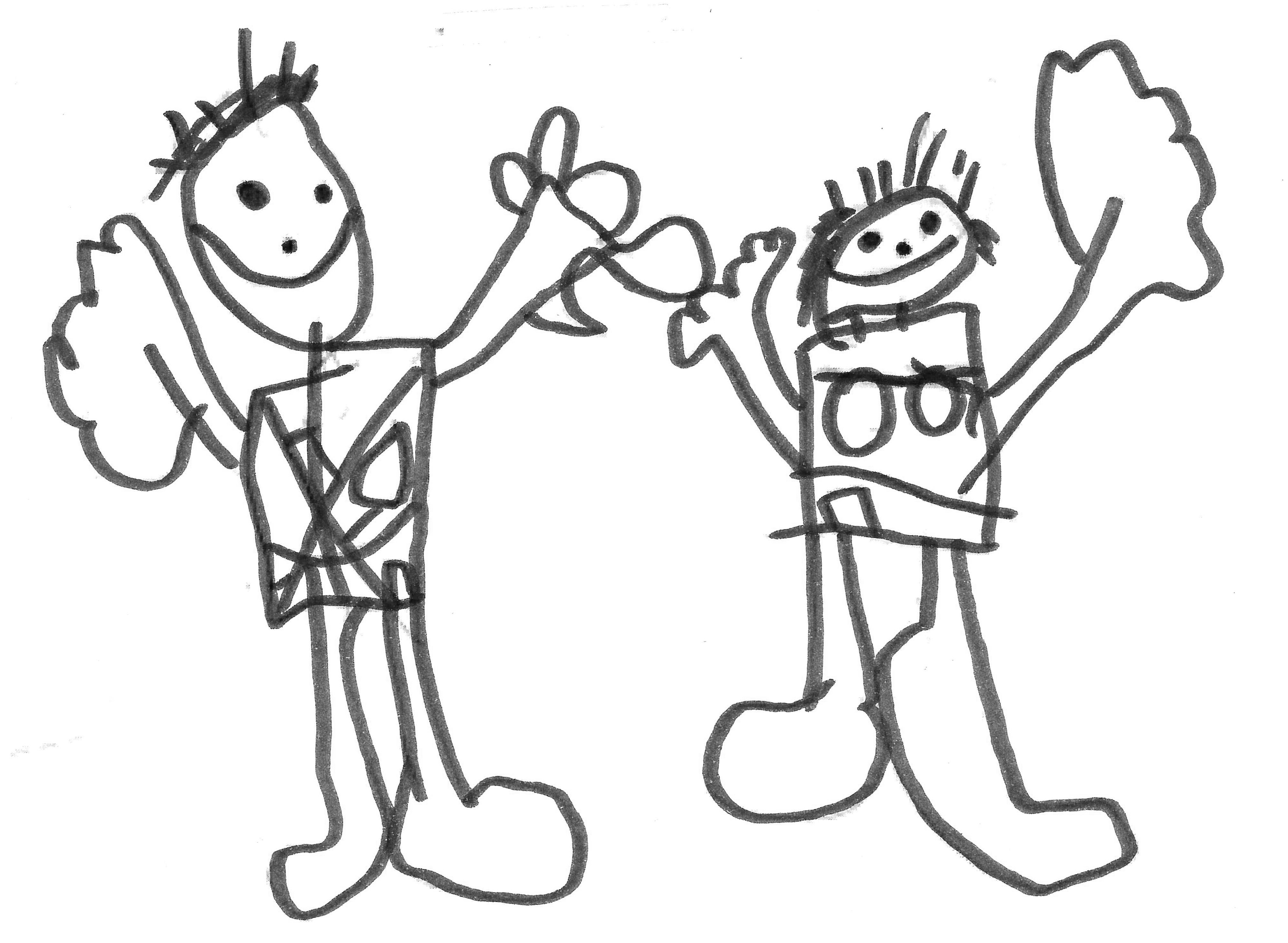
This drawing means that it is a story about, or tips for, twins. From feeding and diapering to telling them apart, having and raising twins is…challenging. I won’t use any other word that might describe the experience a bit better, because one day, my own twins might decide to read this book. But in a way, it really is the most fulfilling challenge my husband and I have ever experienced.
Finally, these drawings also mean that my children most likely won’t attend art school.
Where can you find what?
The first chapter is dedicated to my friends and others who have tried to get pregnant. Here, you can read something about making kids. Nope, nothing kinky here. For some, even this first step of becoming a parent is easier said than done. These few pages, among other issues, try to break taboos about IVF and answer some questions about the procedure. It is scary, funny, amazing, uncomfortable, can be painful, disappointing, and thrilling. It can be all of that at once. And if the procedure results in pregnancy, there are questions to be answered. Some of them you can find here.
Chapter two focuses on health—both physical and mental. Having twins is almost enough to have the physical health part covered for the parents. Like the previous and following chapters, it includes some research-based tips, but also stories and ideas about the topic their Daddy and I accumulated over the period of six years. It covers questions about different activities and sports to stay fit, but also possible questions oriented more towards sanity.
Chapter three gives a general overview of child development and offers some ideas on how to foster it. Or, at least, not totally screw it up. There are questions and answers about learning, playing, and reading. This part of the book also explains the importance of questioning and gives examples of questions children ask parents and vice versa.
The last chapter (four) provides examples on how to handle certain problematic issues and why parenting can be both a living hell and the most profound experience ever. Before reading it, it might be a good idea to get rid of any thoughts starting with ‘My child(ren) will never…’. I am pretty sure that I once thought that my children would never spit at each other. I might have even said it out loud. And later, I changed my mind. Why? Because I got kids. And they spit at each other. They even peed on each other once (I mean, one time that I know about). But you can read more about it in this final chapter.
Where did the idea come from?
The combination of theory and practice came kind of naturally—I am a researcher and a mum. During my master’s and doctoral studies, I learned a lot about how children develop and learn. Then, I got to try out that knowledge in practice.
The idea to write this book actually came from several friends who had a laugh while reading my “20 steps to do something with twins” that I occasionally posted on my Facebook page. Oh yes, all five of my FB friends! Maybe they were just being friendly and supportive in my struggles with getting the twin toddlers dressed or fitting a stroller into the elevator. Maybe they really enjoyed reading about our adventures. They are such good friends I might never find out.
So, I was standing in my living room reading a message one of those friends sent after reading about our trip to the kindergarten through knee-deep snow (this story is also included in the book).
‘Keep going. And collect these [posts] somewhere and publish a book in few years’, Talkative T wrote. I just smiled and read it to my sister, telling her that this was the fifth person who had told me to write a book about our parenting adventures. She raised her eyebrow and asked, ‘Why are you looking at me? I’m definitely not going to be the sixth.’ Regardless of her constructive argument, I decided to share those adventures with others. Then I decided not to. You have only written your thesis and a few articles published in scientific journals. Practically no one will ever read those. What makes you think someone will read about what you have to write about parenting? Then another wave of self-confidence hit me. You have great kids. OK, maybe not always so great, but they’re not so bad. Most of the time. You must be doing something right. Why not listen to those five friends and actually do it? Who knows, maybe some tips based on theory and research will bring some encouragement to new parents or give them ideas when deciding what not to try with their kids. On the other hand, our experiences and stories might offer a piece of comfort by showing that you are not alone—there are other parents who haven’t slept for years (not months—but years), other children whose teething is a pure nightmare. You are not alone.
And finally - Why
Before we dig a bit deeper into this parenting thing, let us take a step back and ask ourselves ‘but why?’
Why do some people drive themselves into this whirlpool? And some of them even do it on purpose!
Now, if you have read Daniel Gilbert’s book Stumbling on Happiness,[ii] you will have come across an interesting chart. It shows that, according to several studies on happiness, the level of our marital satisfaction drops drastically once we get kids and it slowly starts to rise once the kids are off to college or move out. So, another 18 or so years ahead of us. Even though the chart presented in that book shows the influence of the different stages of life with(out) children on marital satisfaction, we all know that this area of life is closely aligned with broader happiness. Again, why?
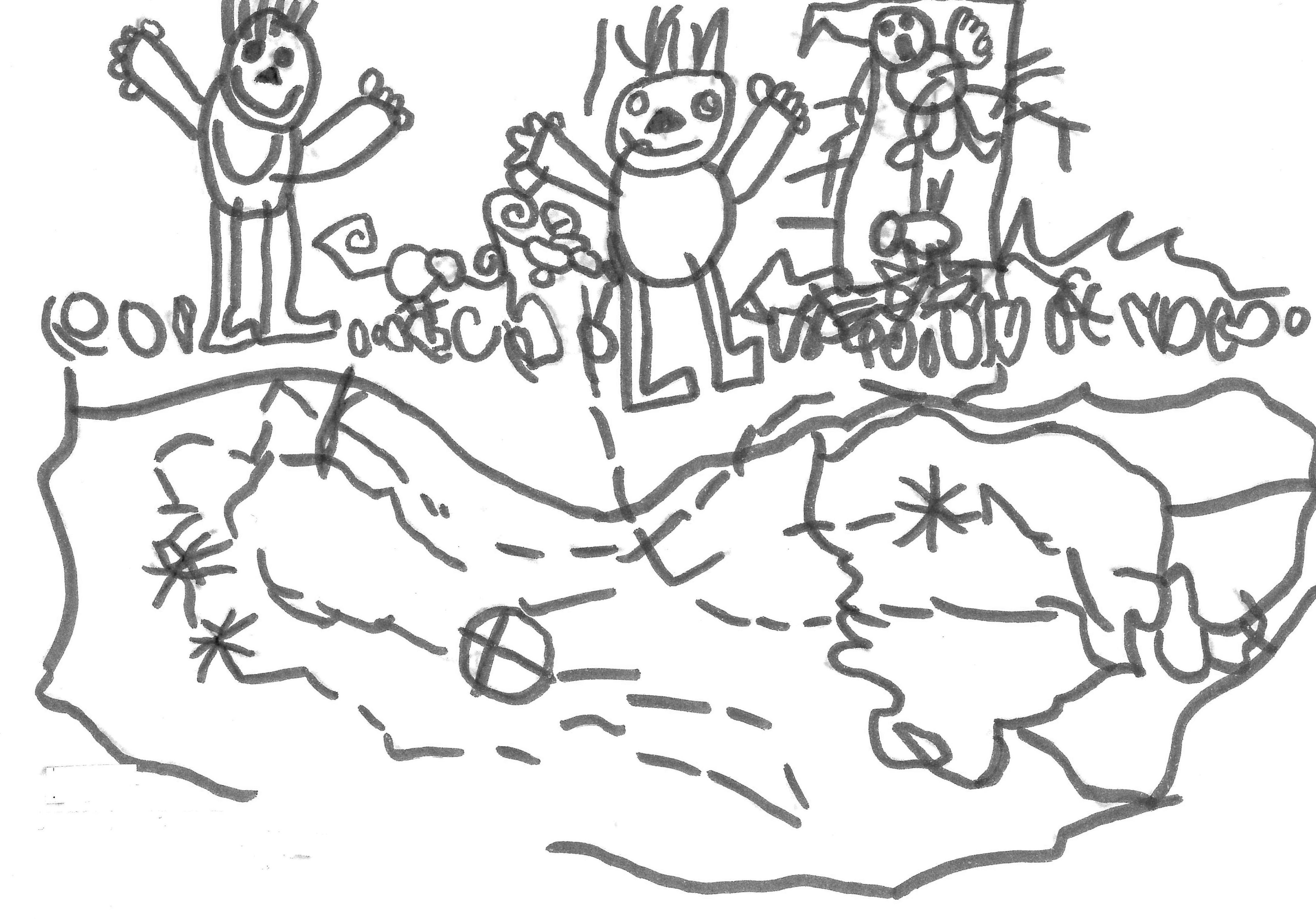
Well, the closest description would be—a rollercoaster. It is filled with swings from moments of complete despair and frustration (which we experienced with teething, potty training, sleepless nights) to moments of transcendent bliss (their first word, travelling with no peeing “accidents”, understanding gravity). Remember that emotional rollercoaster you experienced in puberty? It was actually a baby brother to this ultimate rollercoaster of happiness. The authors conclude that we actually resubmit ourselves to these highs and lows, to losing control in a beautiful way, which is quite gratifying. We trade average happiness, security, and safety for these transcendent moments.
If you are still not convinced that having kids is not all a living hell, there is another study with more optimistic data. This study,[iv] conducted with more than 1.8 million participants,
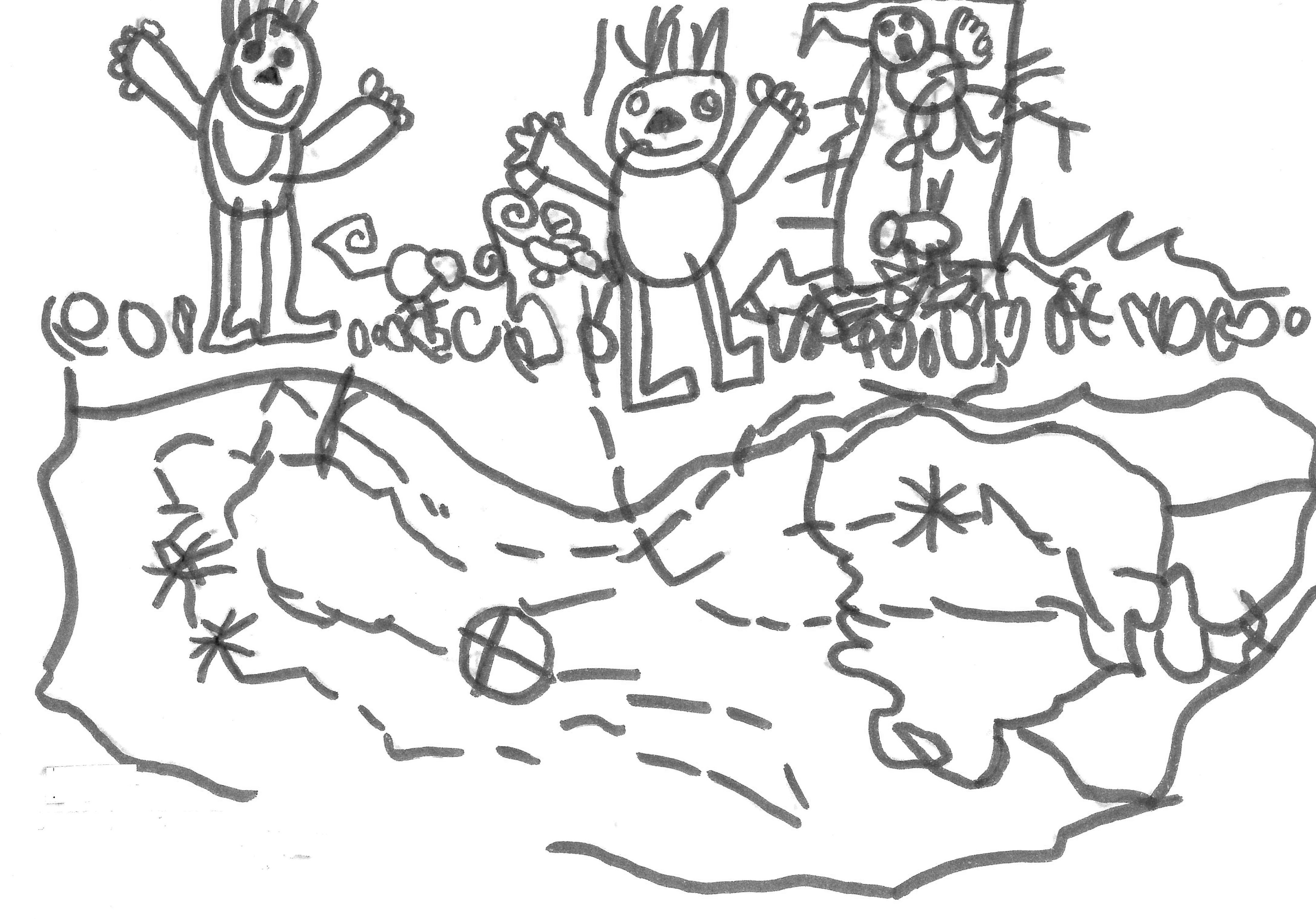
Some of those moments are described in this little book of parenting, which covers the spikiest part of our lives—from pregnancy to school.
Happy reading and enjoy our, but firstly your, parenting rollercoaster.
[i] Bunmi Laditan.
[ii] Gilbert, D. T. (2006). Stumbling on happiness. New York: A.A. Knopf.
[iii] This TED talk is available at: https://www.ted.com/talks/rufus_griscom_alisa_volkman_let_s_talk_parenting_taboos?language=en#t-882974
[iv] Deaton. A., & Stone, A. A. (2014). Evaluative and hedonic wellbeing among those with and without children at home. PNAS, 111(4), 1328-1333.
